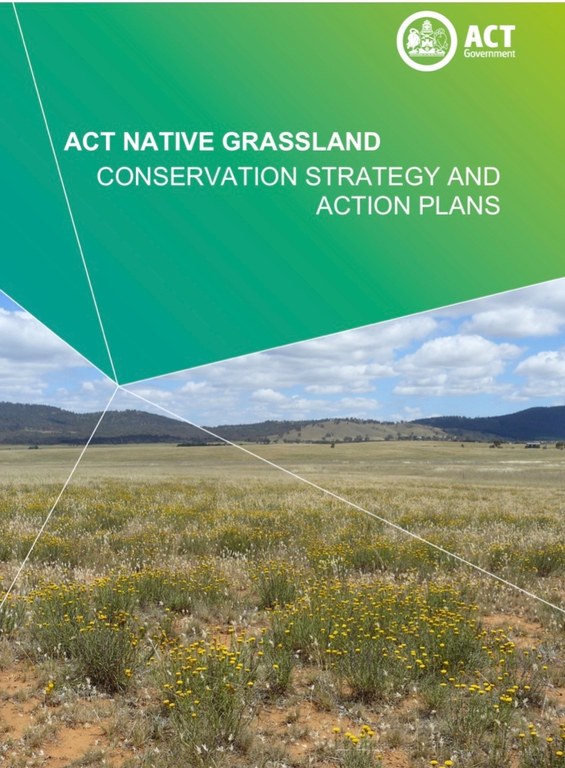
Release of 2017 ACT Native Grassland Strategy and Action Plans
Natural Temperate Grasslands (NTG) are considered to be one of the most threatened Australian ecosystems, and are listed in the ACT as ‘Endangered’ and listed nationally as ‘Critically Endangered’. The ACT contains significant remnants of the remaining extent of NTG in the region. As such, our native grasslands are a priority for protection and management.
Native grasslands provide habitat for a diversity of plant and animal species. Since European settlement our native grasslands have come under increasing pressure from agricultural modification, urbanisation and a changing climate. Due to these changes, less than 10% of the grasslands in south-eastern Australia now remain in high ecological condition. Some species that are dependent on native grasslands have declined along with their native grassland habitat.
The recently released 2017 ACT Native Grassland Conservation Strategy and associated action plans will guide the protection, management and restoration of native grasslands and its component species for the next 10 years. See a summary of the strategy.
The strategy outlines how we can:
• manage threats
• maintain and improve ecological condition and connectivity, ecosystem function and grassland biodiversity
• undertake monitoring and research programs
• enhance the resilience of grasslands to disturbance and climate change.
The ACT Native Grassland Strategy includes eight action plans aimed at conserving threatened grassland species, as well as the endangered Natural Temperate Grassland ecological community. The action plans included in Part B of the strategy are:
• Natural Temperate Grassland ecological community
• Grassland Earless Dragon
• Golden Sun Moth
• Striped Legless Lizard
• Perunga Grasshopper
• Button Wrinklewort
• Ginninderra Peppercress
• Baeuerlen’s Gentian
The 2017 native Grassland Conservation Strategy continues to build on the work of the 2005 ACT Lowland Native Grassland Conservation Strategy, which guided the successful protection and management of grasslands for the last ten years.




